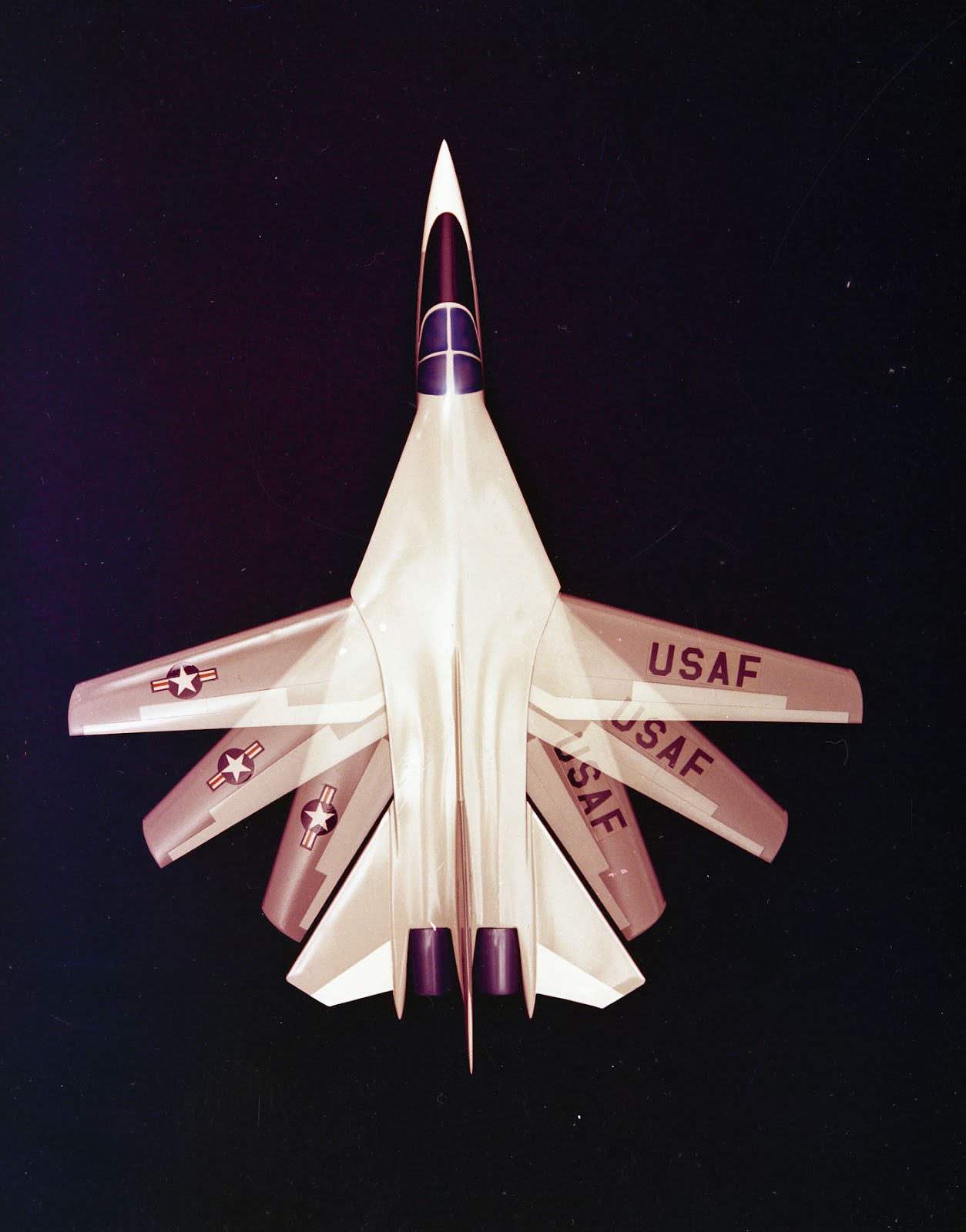Didn't the US Air Force F-111 has the same swing wing hydraulics concept like the Navy F-14? Just curious as to did it face the same problems when maintaining them?
Depends on your context of 'problems', as in how broadly do you define what is a 'problem'.
For example, if you replace a major component on one wing sweep actuator or even the actuator itself, you must perform a complete operational checkouts, aka 'ops checks', of both wings, meaning you must hook up electrical and hydraulic power, have a cockpit wing sweep operator and one ground man, cordon (cone) off the aircraft, then perform a lengthy list of wing sweep actions before you can 'sign off' the entire maintenance event. This usually spans across two shifts, three if you have to cannibalize a 'hangar queen' for the appropriate part(s) if you have to wait for back ordered item(s) from a depot station across the country because the original manufacturer is no longer in business.
Is this a 'problem'? Not in the technical sense because, believe it or not, the wing sweep system in both the F-14 and F-111 are quite well designed and engineered. But they are more maintenance intensive than aircrafts that do not sweep their wings. So is this a 'problem'? In a way: Yes.
Other related issues or 'problems' are pylon stations alignment. As the wing sweep, there must be mechanisms for each pylon to keep its proper orientation to the airstream that is independent of wing sweep angle. In other words, each pylon must remain straight/true to airstream no matter where is the wing. The more pylons there are, the more mechanical doodads required, and the heavier the wing. In my 4-yrs on the -111, I have never seen a pylon station pivot gone bad because of poor design. It is actually very rare compared to other systems and always due to mechanical wear and tear. The pylon pivot system was actually very well designed and engineered.
Is this a 'problem'? In a way: Yes. Obviously we do not have this concern on the F-15 or F-16, do we?
In principle, the variable wing sweep system offers the best solutions of/for most flight conditions. But in practice the system is more maintenance intensive -- when something does break -- than 'fixed' wings. Not only that, I remember back in those pre-Internet days, or 'prehistoric' to the youngsters, there was a paper floating around about how a variable sweep wings system would enable a fighter to dominate most flight conditions and combat situations. The requirements were that the entire system must be under complete computer control and with about 10,000+ psi of hydraulics in order for the wing sweep movement to adequately respond to computer commands, especially with the high unpredictability of air combat. Today, we are just venturing into the 4,000 lbs psi hydraulics for the big airliners.



